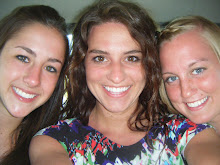 When I was in middle school, one of my teachers recommended I read Caroline B. Cooney. "She's a great author," I remember my teacher saying. Her favorite Cooney book? Burning Up. I picked up the book back then and, reading it years later, some of the words jumped off the page that I still remember from back then. What I remembered about the book was one thing but what was most important about this book was what I had forgotten.
When I was in middle school, one of my teachers recommended I read Caroline B. Cooney. "She's a great author," I remember my teacher saying. Her favorite Cooney book? Burning Up. I picked up the book back then and, reading it years later, some of the words jumped off the page that I still remember from back then. What I remembered about the book was one thing but what was most important about this book was what I had forgotten.Burning Up is a book told from two teenagers' perspectives. The two teens, Macey and Aus, go to school in a wealthy white town in Connecticuit. When volunteering in the neighboring town, the teens run into fiery racism they thought only existed in the deep south. Not only has racism segregated the two neighboring town, Macey discovers it is also haunting her own town, friends, and family. While I remember reading the book, I had completely forgotten that the book was all about discovering racism and one girl striving to overcome it.
This is another great book to incorporate in a multiculturally friendly classroom. It is such a serious misconception today that racism only exists in the south - or worse, no longer exists in the United States at all. Burning Up unwaveringly challenges these assumptions. It sets extreme racism in a wealthy northern backyard, proving that discrimination and hate are not geographical phenomenons. They do not stop at a border, residing only in the south. Burning Up is a great book for upper middle school students to read in a multiculturally friendly environment.



